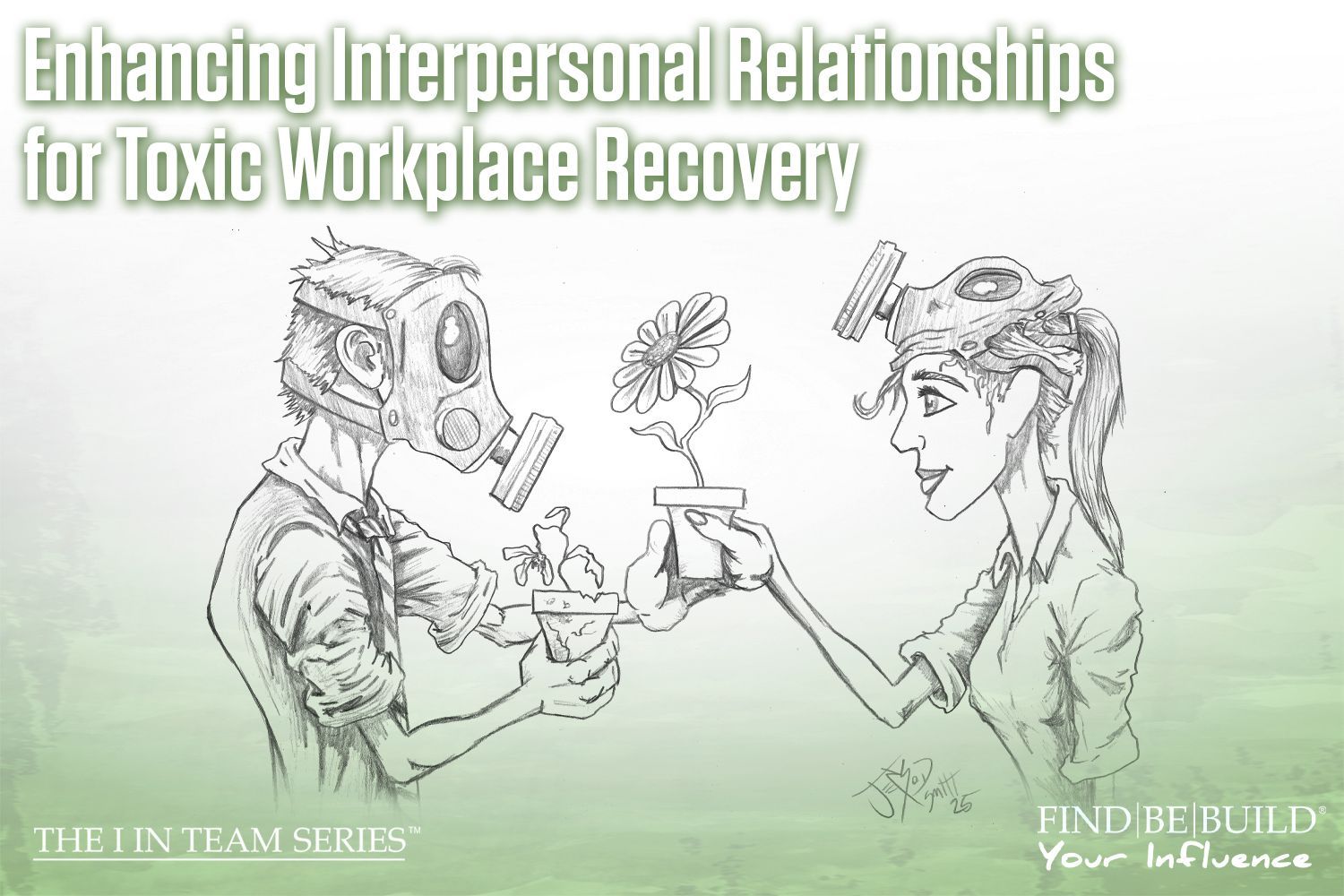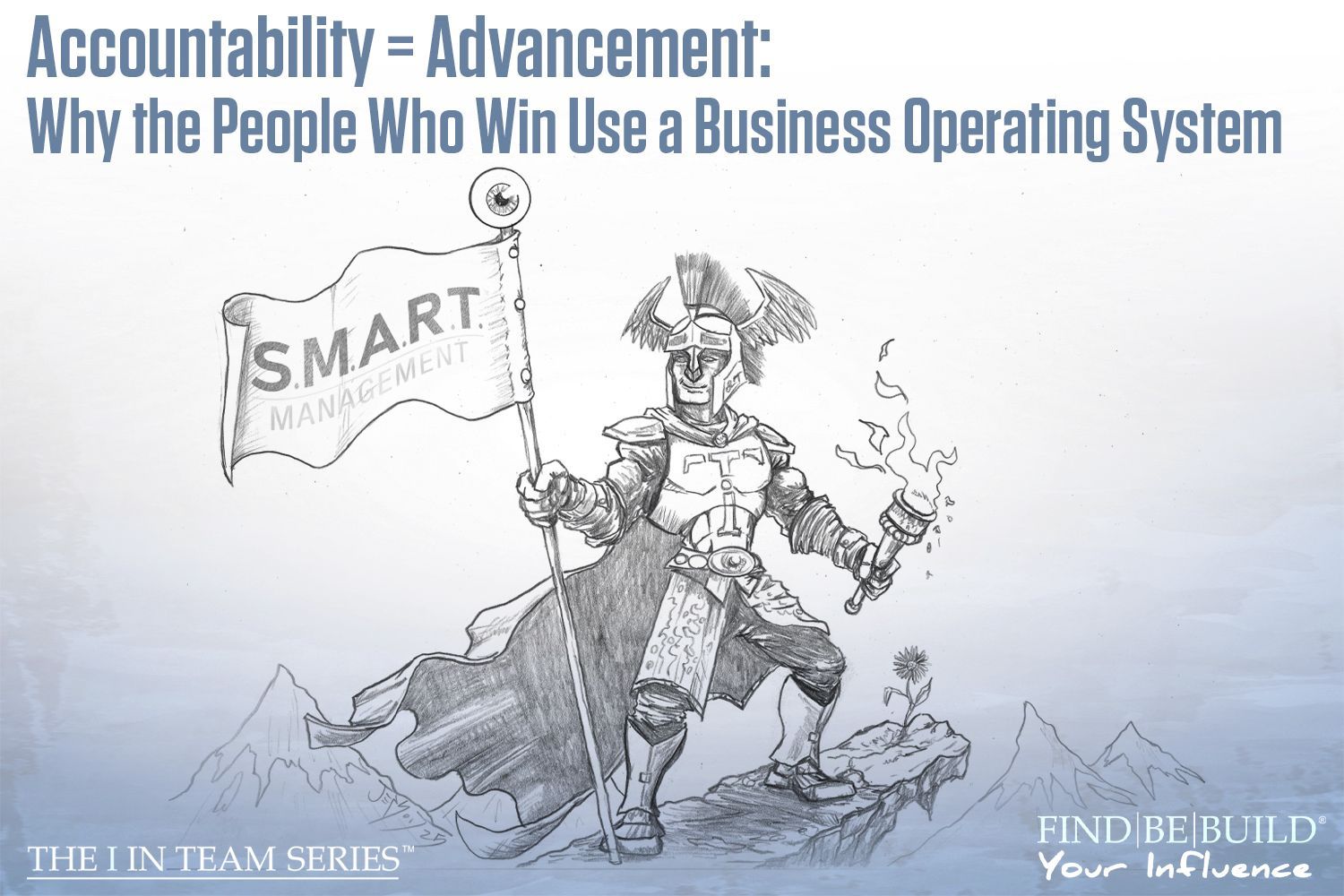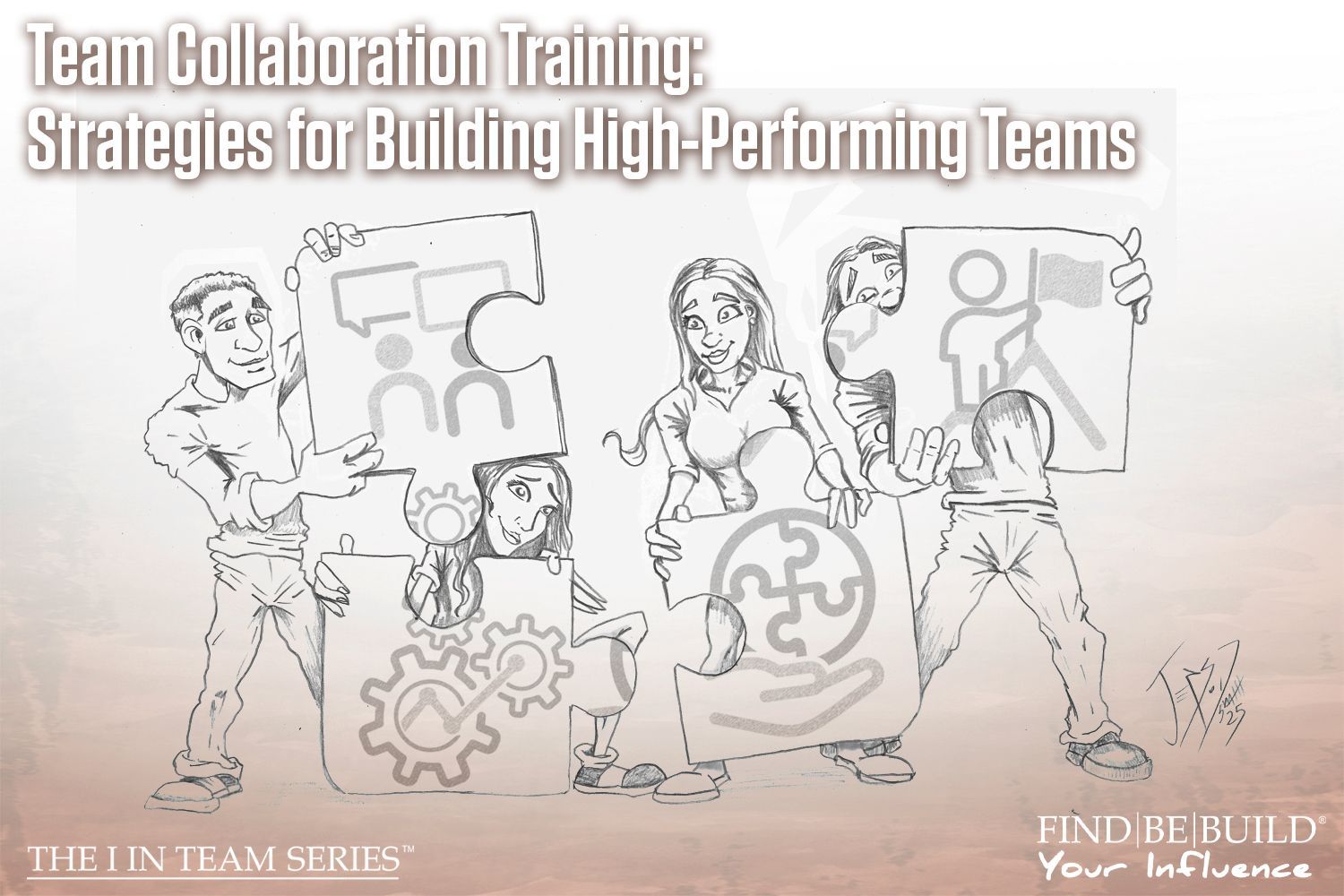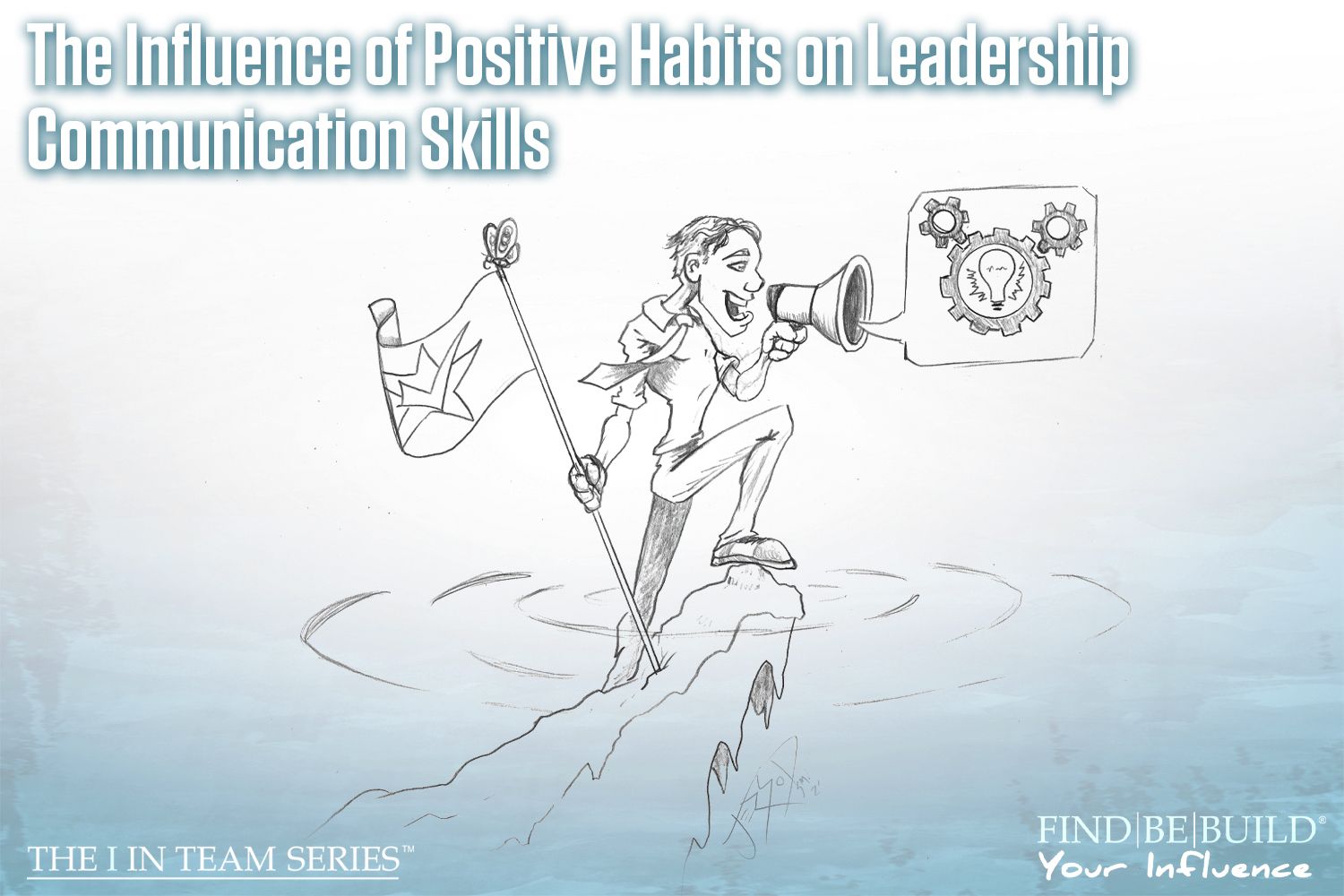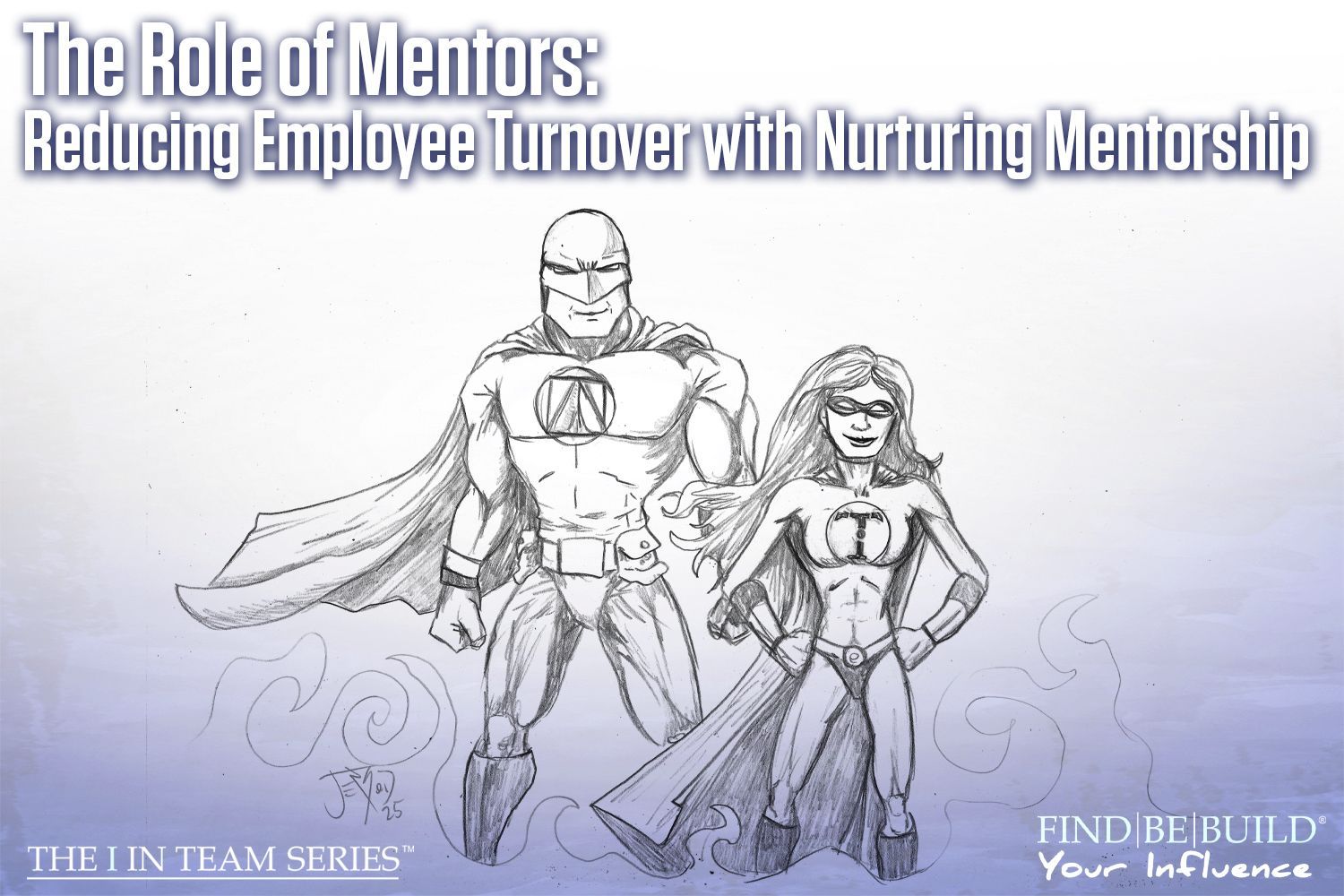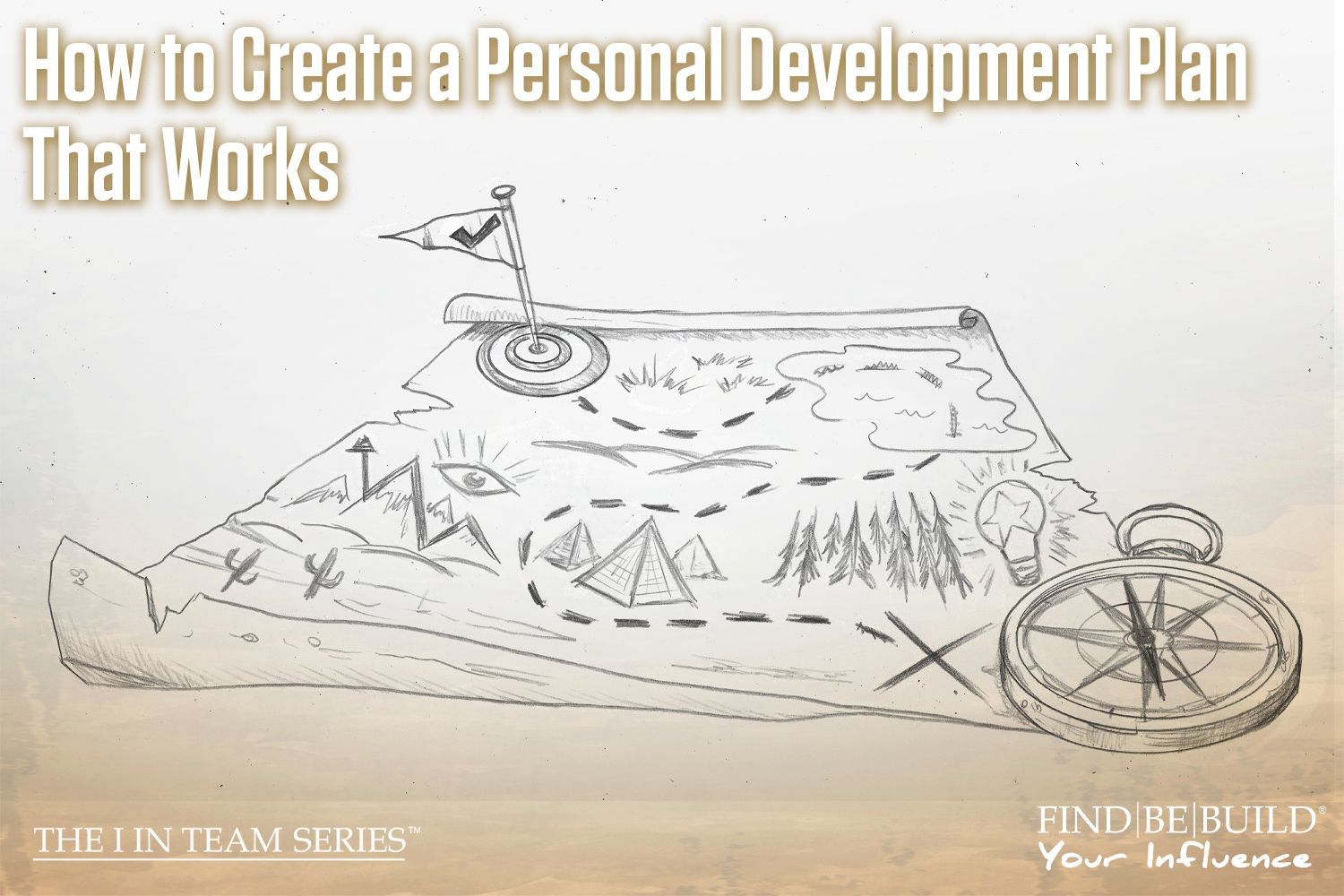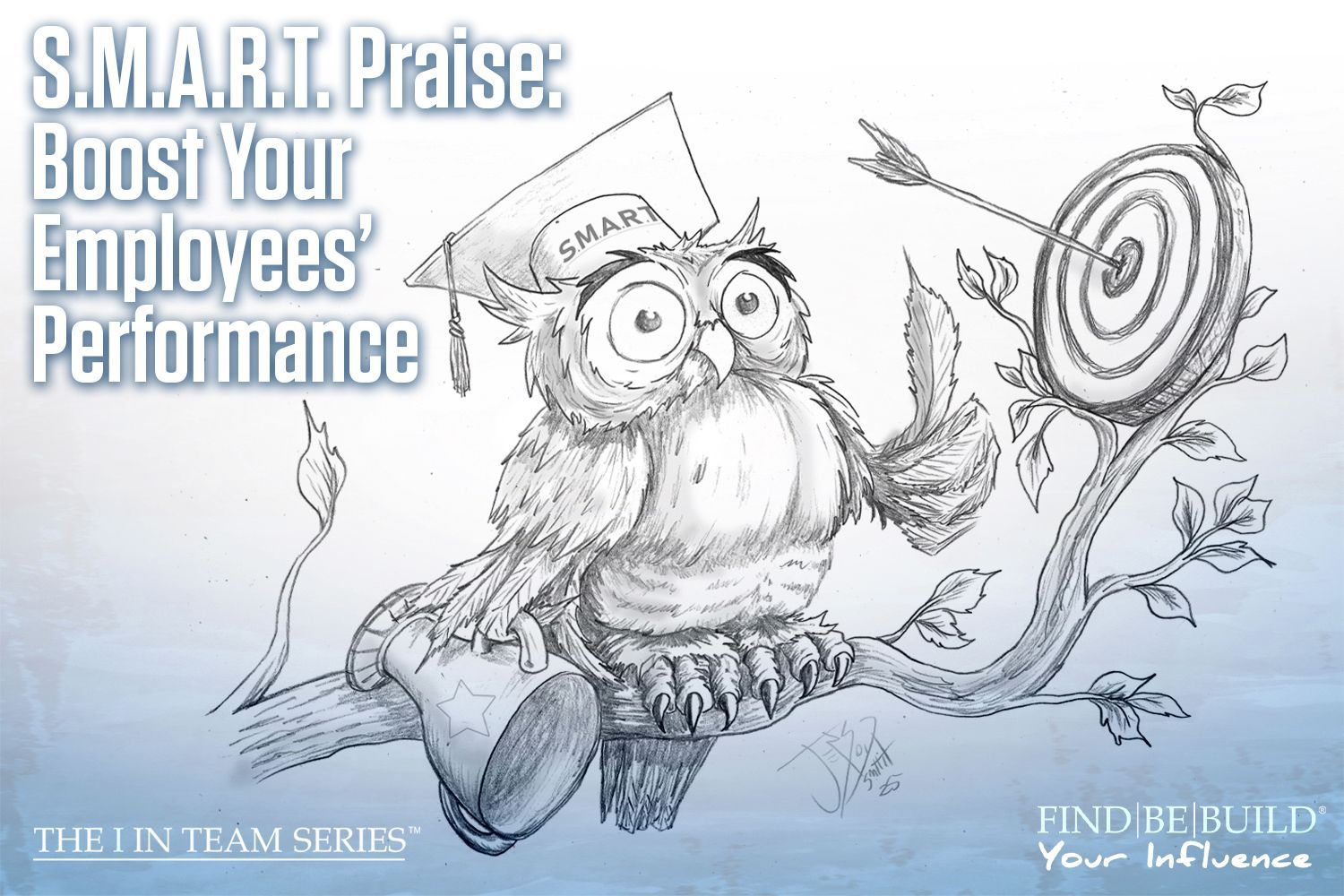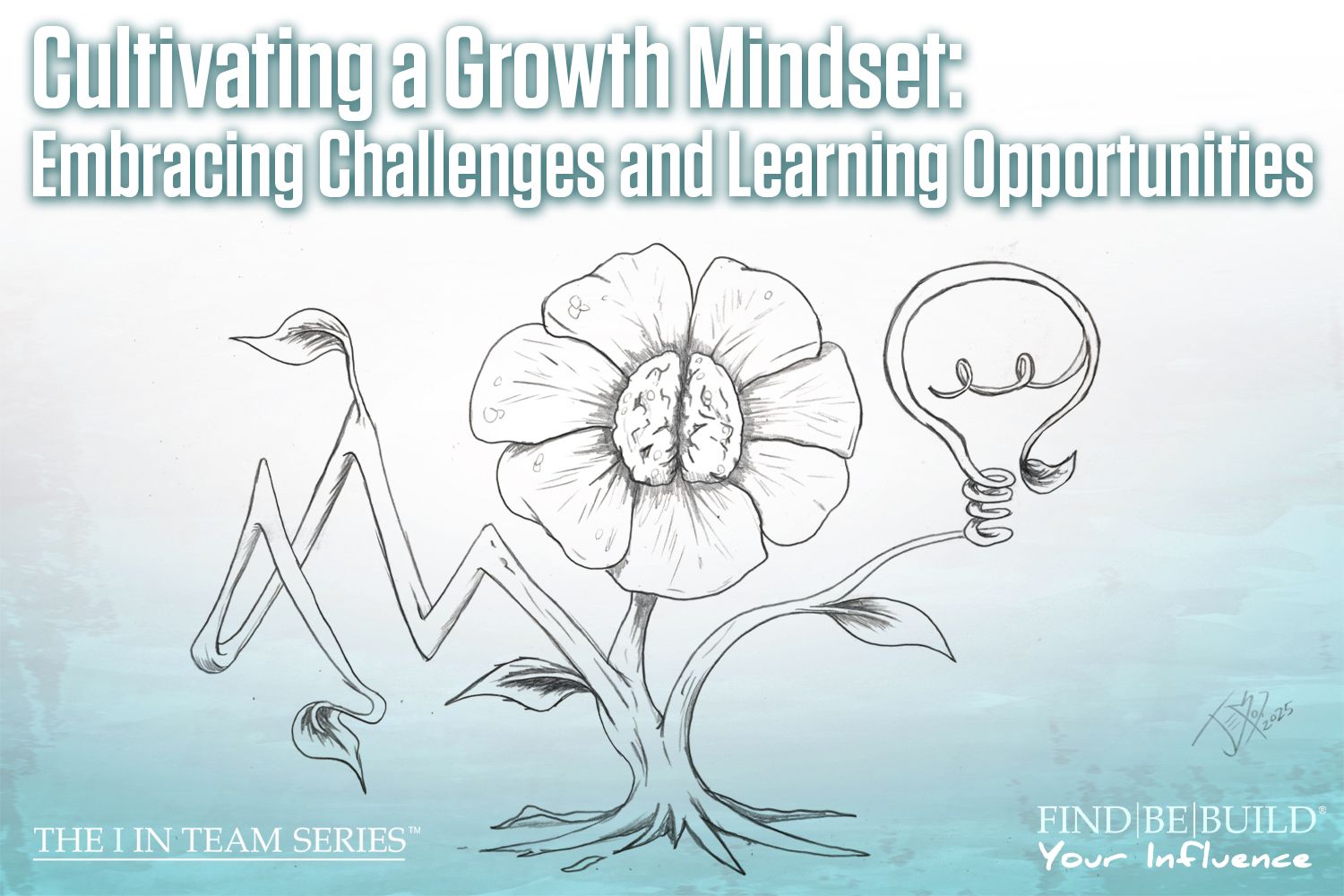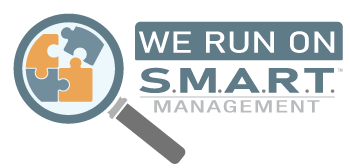Mastering Time Management
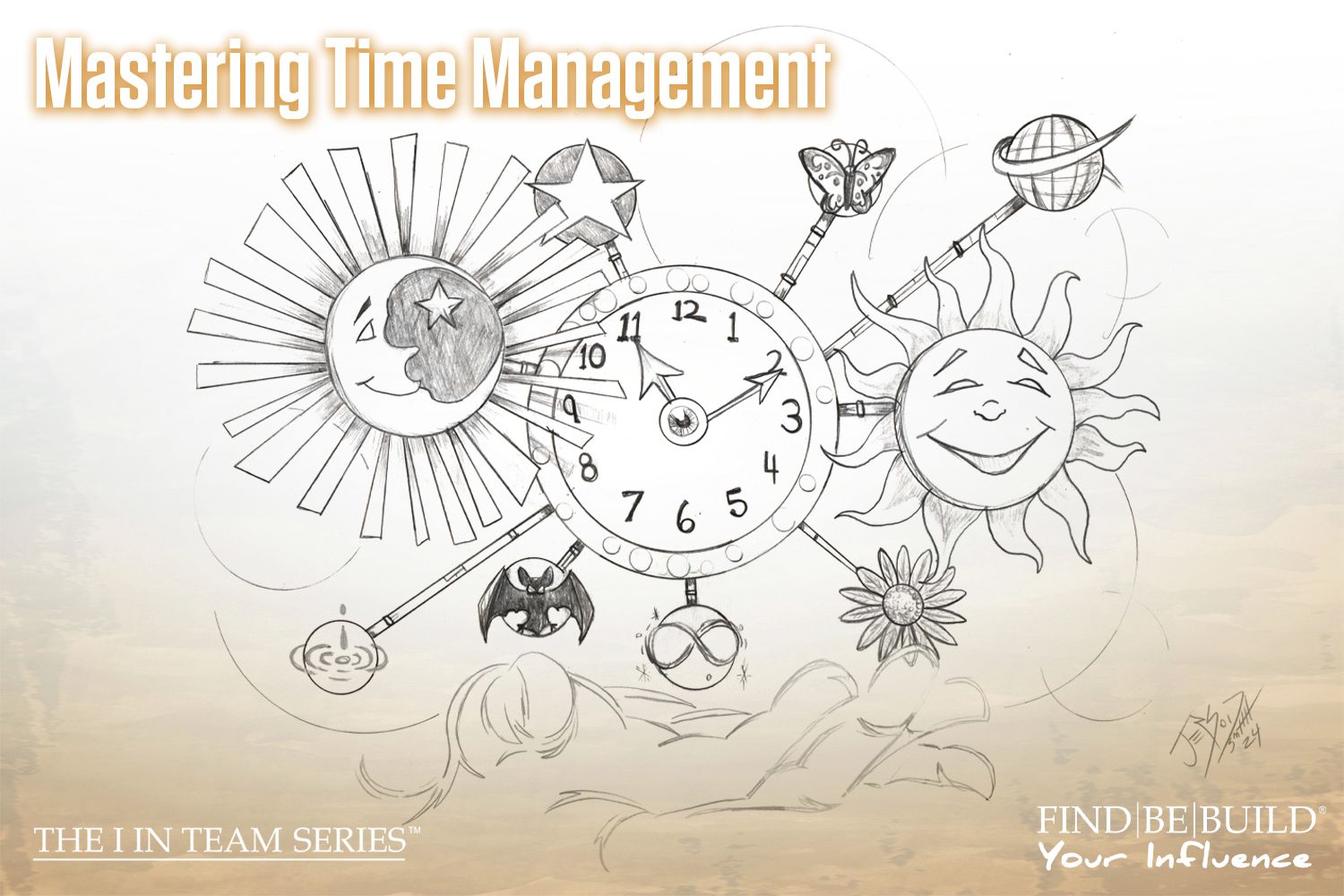
Time management for business consulting
Mastering Time Management
Hello, team! It's Mary here, back with the "I" in Team series, where we focus on helping you find, be, and build your positive influence. Our team recently made the switch to Asana for project management, and it's been a game-changer in streamlining our workflow. This got me thinking about time management, which is a skill I once struggled with. Today, I want to share what I've learned so you can master time management, too. While it might seem challenging at first, remember that time management is simply a habit you can build. Start implementing these strategies today, and within 24-60 days, you'll notice a significant difference in how you manage your time!
Set Clear Goals
Time management begins with setting clear, S.M.A.R.T. goals. Effective time management allows you to achieve both your short-term and long-term goals. Here's how to set S.M.A.R.T. goals:
- Specific: Clearly define what you want to achieve.
- Measurable: Determine how you'll track your progress.
- Attainable: Ensure your goal is realistic given your current resources.
- Realistic: Choose goals that align with your priorities.
- Timely: Set a deadline to keep yourself on track.
For example, instead of saying, "I want to improve my productivity," a S.M.A.R.T. goal would be, "I will complete three major tasks each day this week."
Once you've set your goals, break them down into smaller, more manageable tasks. Review these tasks each night before bed, or at the start of each week, to prepare yourself mentally. This practice will boost your productivity and free up time for other important activities.
Master Time Blocking
Now that your goals are set, it's time to use time blocking—a powerful technique where you allocate specific blocks of time for different tasks. For example, if you need to write a blog, estimate how long it will take and block out that time in your calendar. This prevents interruptions and helps you stay focused.
Remember to add buffer time—roughly 5 to 15 minutes between tasks—to account for any delays or interruptions. And don't forget to schedule breaks! You're not a machine; regular breaks help you stay refreshed and focused.
To minimize distractions during your time blocks, identify what tends to divert your attention (e.g., your phone or social media) and take steps to eliminate these distractions. If necessary, set boundaries with your colleagues, such as informing them, "I'll be unavailable from 12 to 3 PM today as I'm working on an important task." This proactive approach ensures you can work without unexpected interruptions.
Avoid the Multitasking Trap
While multitasking might seem like a time-saver, it's often counterproductive. Most people can't multitask effectively. In fact, trying to do so can diminish the quality of your work. Instead, focus on one task at a time to maintain high standards and avoid mistakes that could cost you more time in the long run.
If you're feeling overwhelmed by a growing to-do list, consider delegating tasks to team members or adjusting deadlines for less critical tasks. There's always a way to avoid multitasking so that you can give your best to each task.
Bottom Line
Mastering time management is within your reach. Start by setting S.M.A.R.T. goals, use time blocking to structure your day, avoid the pitfalls of multitasking, and don't hesitate to delegate when necessary. Remember, becoming a master of time is all about building healthy habits—give yourself time, be patient, and you'll see progress.
Ready to take control of your time? Start implementing these strategies today and share your success stories with us!
